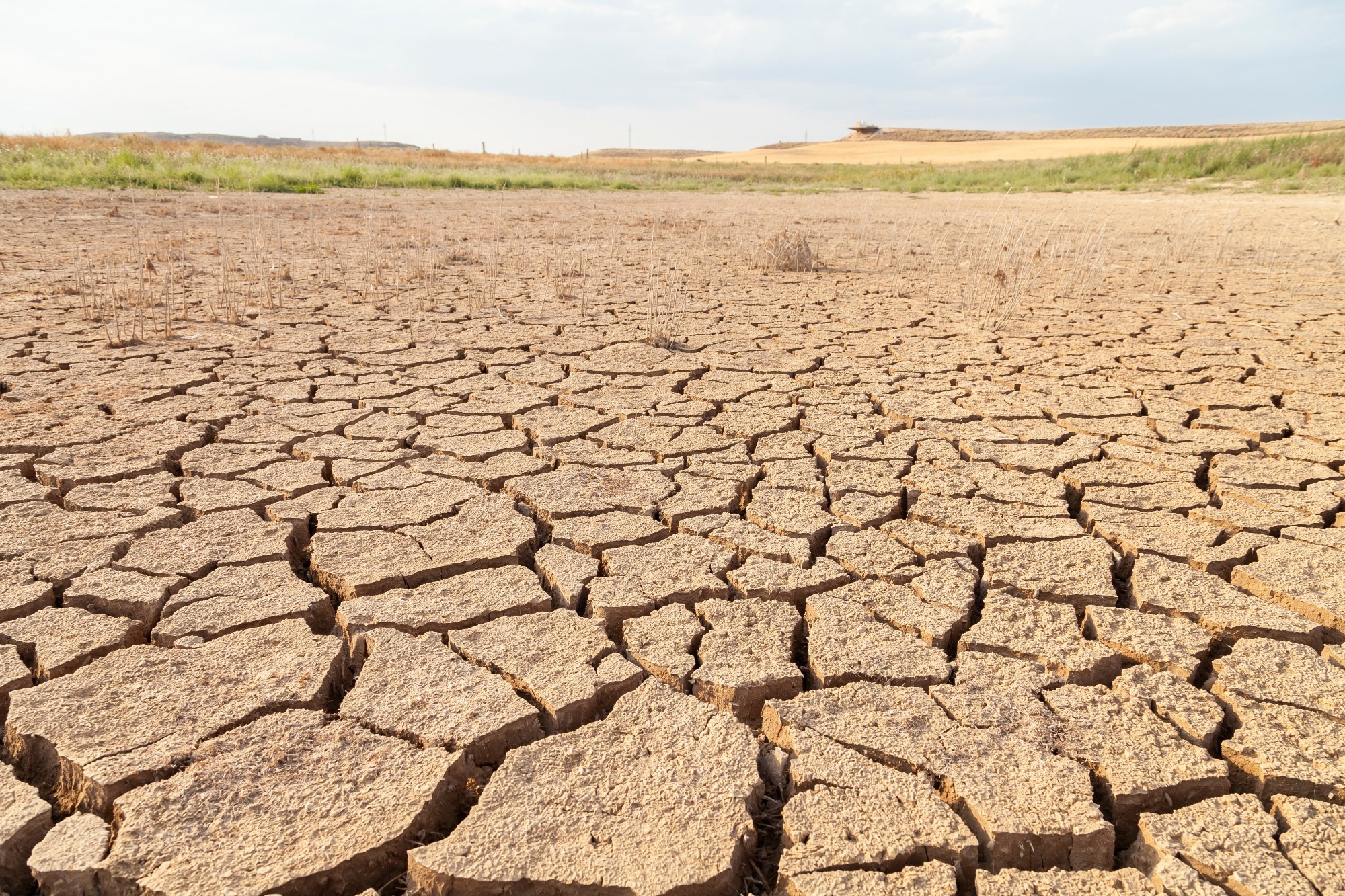Reviewed by Mila PereraSep 15 2022
Increasing numbers of extreme weather events and hurricanes have traditionally been examined by scientists studying the meteorological effects of climate change. They are now researching another effect of global warming — drought — which will have substantial economic repercussions.
Image Credit: Shutterstock.com/alvarobueno
An innovative method has been devised by scientists at the Argonne National Laboratory from the U.S. Department of Energy (DOE) to predict the chance of extreme drought in many different U.S. regions during the next century. Using this strategy, which is based on incredibly accurate regional climate models, they have discovered that droughts will likely be made worse by global warming.
This discovery is particularly probable in the Midwest, the Northwestern United States, and the Central Valley of California.
The projected worsening of droughts as a result of global warming is likely to have significant consequences in terms of crop loss, wildfires, and demand for water resources.
Rao Kotamarthi, Study Author and Environmental Scientist, Argonne National Laboratory
The researchers think the new method can help them understand “flash drought” situations with a brief onset period that might be as short as a few weeks when they look at future estimates of droughts for the remainder of the century.
Flash droughts, as their name implies, happen really quickly. While conventional droughts are related to a prolonged lack of precipitation, flash droughts occur because of high temperatures and extremely high evaporation rates.
Rao Kotamarthi, Study Author and Environmental Scientist, Argonne National Laboratory
Scientists employ various categorization techniques for droughts, unlike hurricanes, which have a strict classification scale. These can be anything from farmer reports to observed precipitation shortfalls to determine which areas are in a drought.
Lack of precipitation may not be an adequate way to illustrate the effect of drought in some areas of the country where precipitation is normally low, as in the Southwestern US, Kotamarthi said.
The researchers chose a novel indicator called vapor pressure deficit, or VPD, as a substitute for the traditional metric of precipitation shortfall to pinpoint drought. VPD is the difference between the amount of water vapor the air can retain when saturated and the total amount of water vapor accessible. It is determined based on a combination of temperature and relative humidity.
An extended period of higher-than-average VPD can mean that a drought is occurring. We’re looking at drought differently by bypassing precipitation altogether—to primarily look at the effect of temperature and future temperature changes on drought.
Brandi Gamelin, Environmental Scientist, Argonne National Laboratory
Hotter air typically has a larger VPD than colder air because the amount of water that air can carry depends on its temperature.
Gamelin states, “Cold air retains less moisture than hot air, so the warmer the air temperature, the more water vapor it can hold, which can draw moisture out of the surface, drying it out.”
Gamelin claims that positive readings of the Standardized VPD Drought Index (SVDI) provided by Argonne indicate the presence of drying conditions.
Existing drought monitoring indices often serve as trailing indications of actual droughts since they rely on weekly or monthly data. According to Gamelin, the SVDI helps recognize flash droughts, which happen over a shorter period, because it uses daily data.
The study was published in the Scientific Reports journal on May 21st, 2022.
In addition to Kotamarthi and Gamelin, Jeremy Feinstein, Jiali Wang, Julie Bessac, and Eugene Yan from Argonne also participated in the study.
An AT&T strategic partnership project provided funding for the research. The investigators utilized computing resources offered by the Argonne Leadership Computing Facility (ALCF), Argonne’s Laboratory Computing Resource Center, and the National Energy Research Scientific Computing Center (NERSC) at Lawrence Berkeley National Laboratory. The ALCF and NERSC are DOE Office of Science user facilities.
Journal Reference
Gamelin, B. L., et al. (2022) Projected U.S. drought extremes through the twenty-first century with vapor pressure deficit. Scientific Reports. doi.org/10.1038/s41598-022-12516-7.